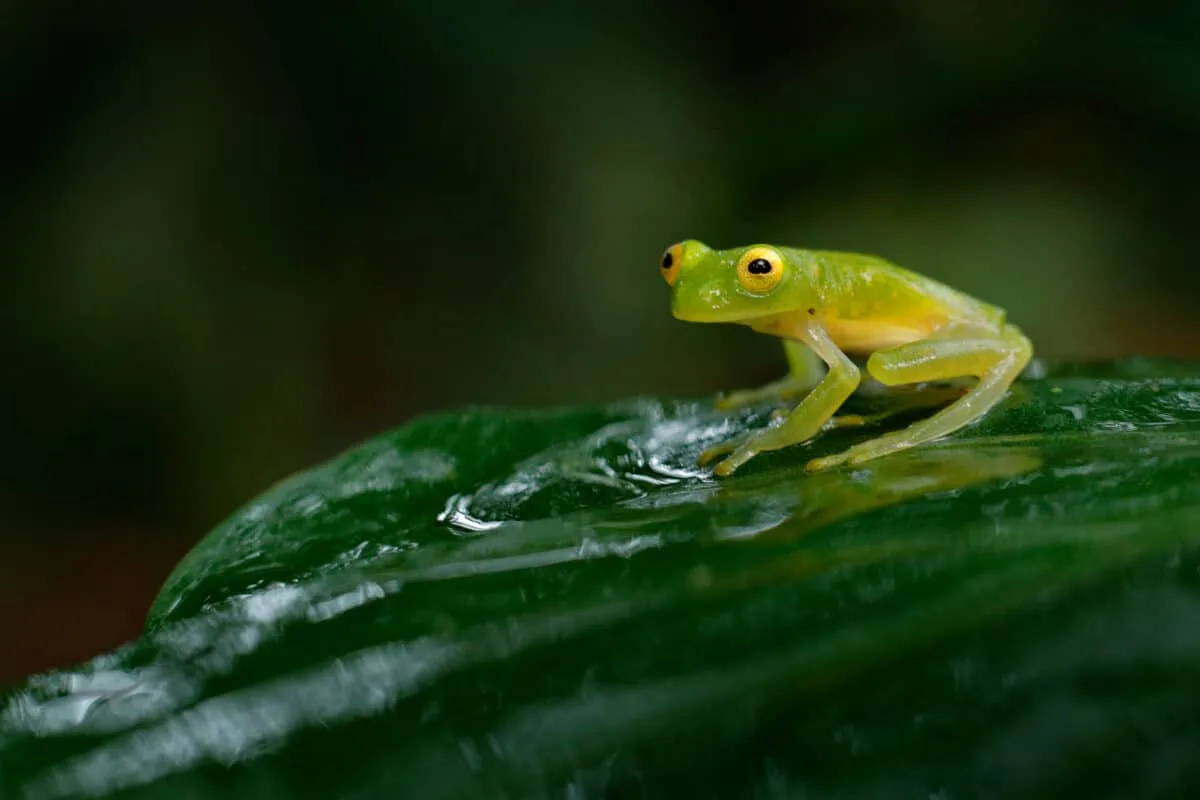Unsurprisingly, animals have adapted to their environment for thousands of years, but some species have taken their animal disguise to a whole new level. From hues that mimic their surroundings to textures that help them blend into any landscape, these incredible creatures are masters of disguise and can hide away almost seamlessly.
We’ve all seen – or maybe even been fooled by – chameleons changing color right before our eyes. Still, there are so many more interesting examples from the animal kingdom that demonstrate remarkable camouflaging abilities.
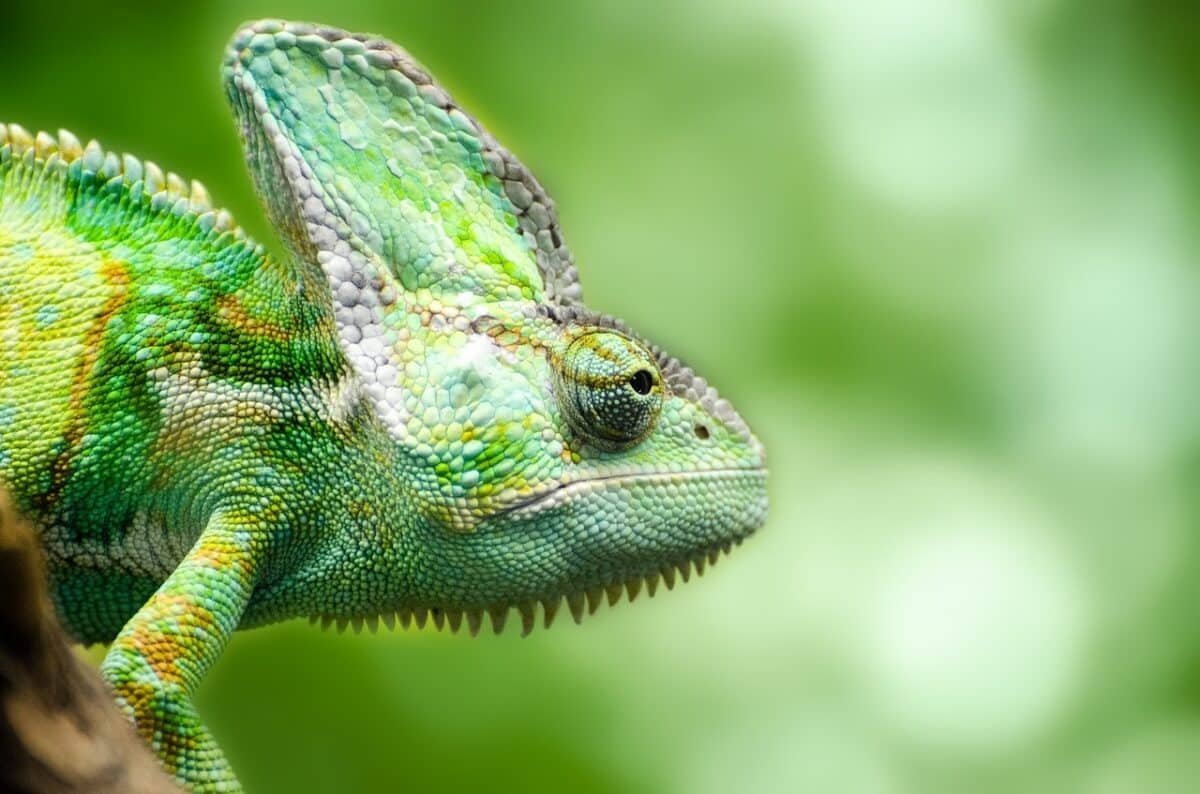
Key Points
| Geckos are fascinating creatures known for their unique ability to change color in a matter of seconds. This incredible ability is a form of camouflage, allowing geckos to blend in seamlessly with their surroundings and avoid detection from predators. |
| The zebra’s stripes function like camouflage, allowing them to blend into the landscape and avoid detection by hungry predators. |
| Octopuses are fascinating creatures, and their ability to blend in with their surroundings is one of the many reasons. Regarding coral reefs, octopuses have a clever trick up their tentacles – color-changing skin. |
| Walking stick insects epitomize the art of deception through camouflage. These remarkable insects have evolved elongated bodies with slender, twig-like appendages, perfectly resembling the branches of the plants they inhabit. |
| Frogs’ camouflage-like coloring helps them blend in with their surroundings, making it difficult for predators to spot them. Some species can even change their skin color to match their environment. |
Want to jump ahead? Click below
Read on as we explore some fascinating cases of animals with extraordinary strategies for survival!
Introduce The Ability Of Animals To Camouflage With Their Environment
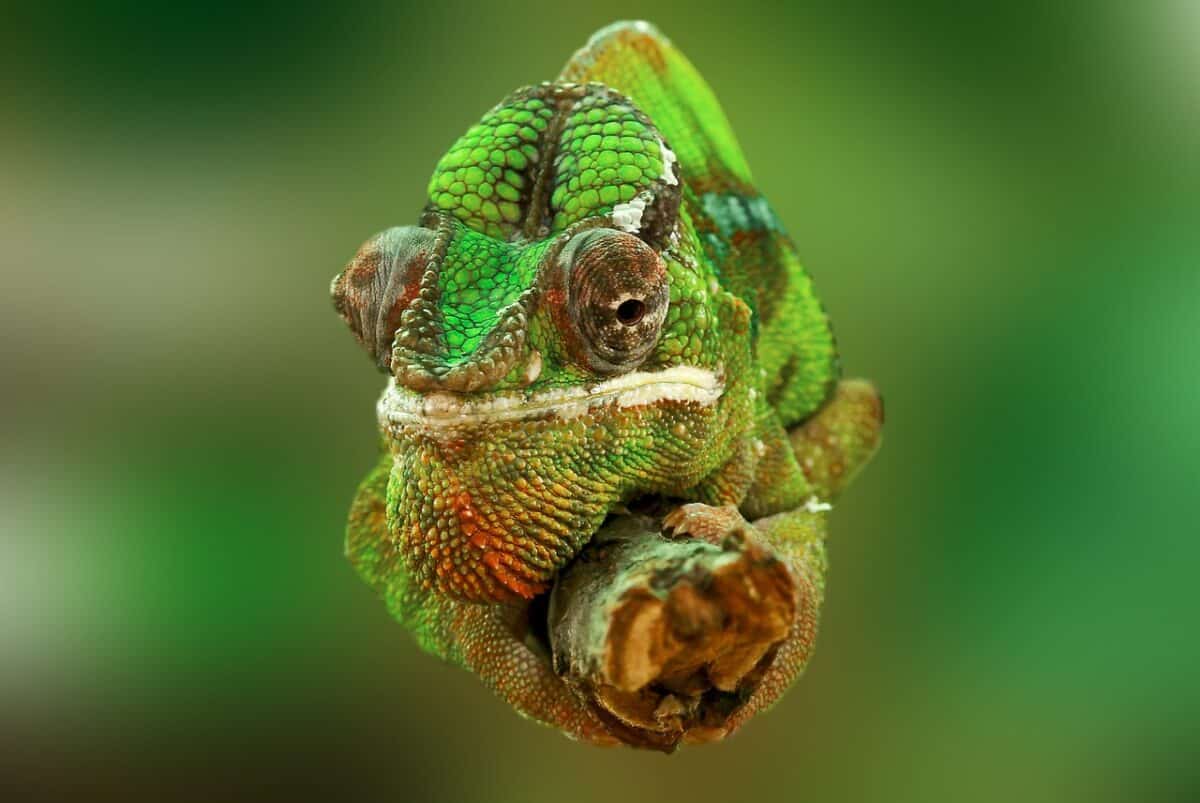
Animals have developed various adaptations to thrive in their environments, and one such adaptation is the ability to camouflage. The art of blending in with one’s surroundings to evade predators or become a stealthy hunter is a trait exhibited by many species.
From the chameleon’s ability to change colors to the polar bear’s white fur in the snow, animals use various techniques to camouflage themselves.
Even the seemingly mundane caterpillar is a master of disguise with its uncanny resemblance to twigs, leaves, or lichen. Exploring how animals use their physical appearances to adapt and survive in their respective habitats is fascinating.
Explore How Geckos Change Color To Blend In With Their Surroundings
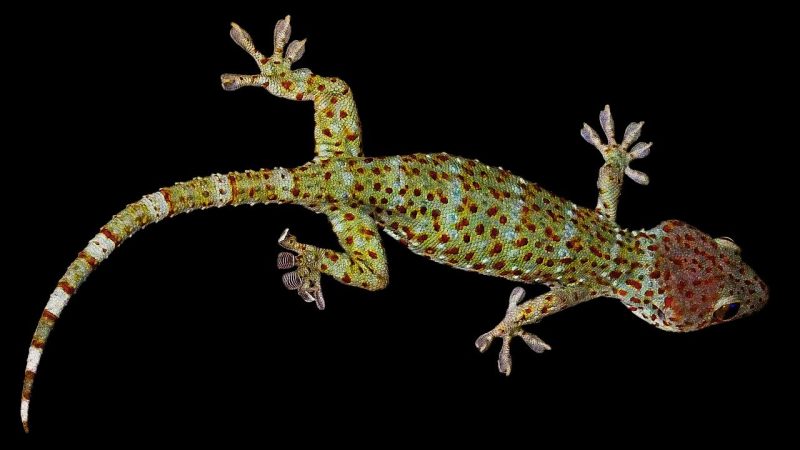
Geckos are fascinating creatures known for their unique ability to change color in a matter of seconds. This incredible ability is a form of camouflage, allowing geckos to blend in seamlessly with their surroundings and avoid detection from predators.
When faced with a threat, geckos can adjust the intensity of their skin pigments, allowing them to match the color and pattern of the surrounding environment. This incredible feat is made possible by the gecko’s specialized skin cells, which contain color pigments that can be expanded or contracted to create different patterns and hues.
Seeing a gecko in action as it adapts its color to its surroundings is genuinely remarkable. It serves as a reminder of the incredible diversity and complexity of the natural world.
Showcase Chameleons’ Ability To Change Colors For Camouflage
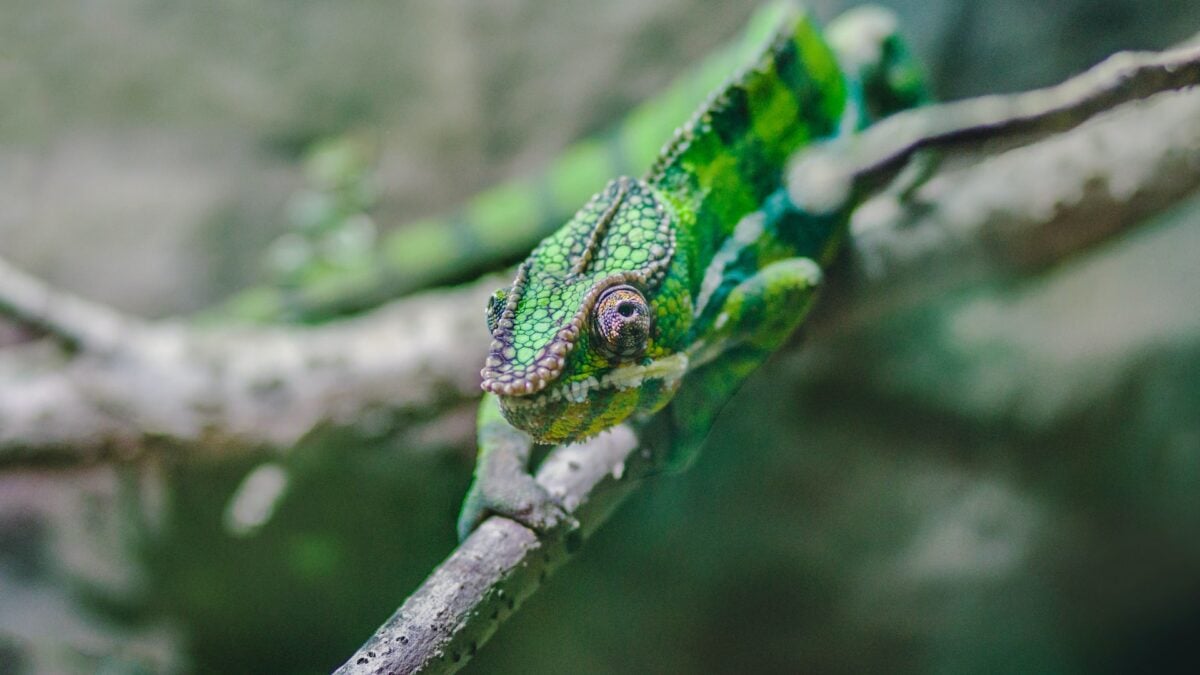
Chameleons are some of the most fascinating creatures in the animal kingdom, and their ability to change colors for camouflage is genuinely remarkable. These unique reptiles can adapt to their surroundings by altering the pigment of their skin to match their environment.
This makes them incredibly difficult to spot, even for the most well-trained predator. With the power of color change, chameleons can blend in with almost any background, from vibrant leaves to drab rocks.
Their mastery of camouflage reminds them of the incredible diversity of life on Earth and the fantastic ways creatures have evolved to survive in their environments.
Examine The Zebra’s Stripes To Break Up Its Shape And Make It Hard For Predators To Spot.
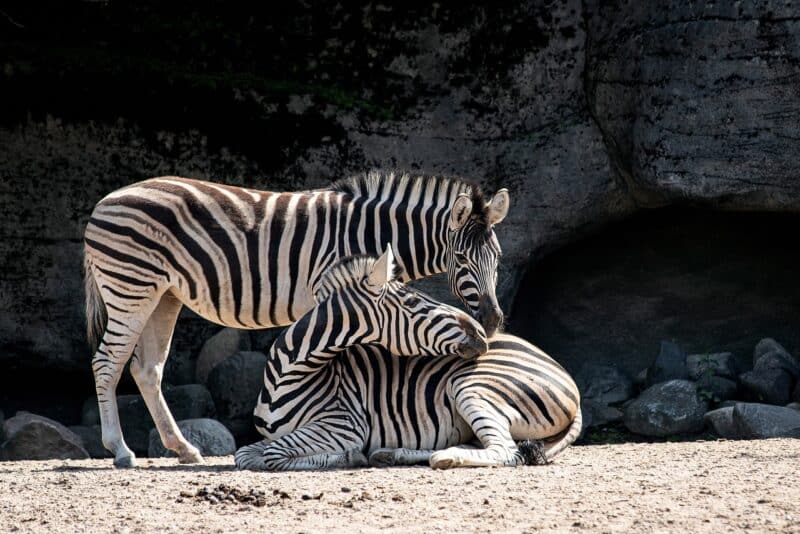
The zebra’s distinctive stripes have long been a mystery to scientists, but recent research has shed light on their evolutionary significance.
One theory suggests that the stripes help to break up the zebra’s shape, making it more difficult for predators to spot them in the grasslands. This is because the stripes create an optical illusion known as “motion dazzle,” which confuses the predator’s visual system and makes it harder for them to gauge the zebra’s speed and direction of movement.
The zebra’s stripes function like camouflage, allowing them to blend into the landscape and avoid detection by hungry predators. Whether this theory holds up to further scrutiny remains to be seen, but there is no denying the remarkable adaptability of these graceful creatures.
Highlight How Octopuses Use Color To Blend In With Coral Reefs
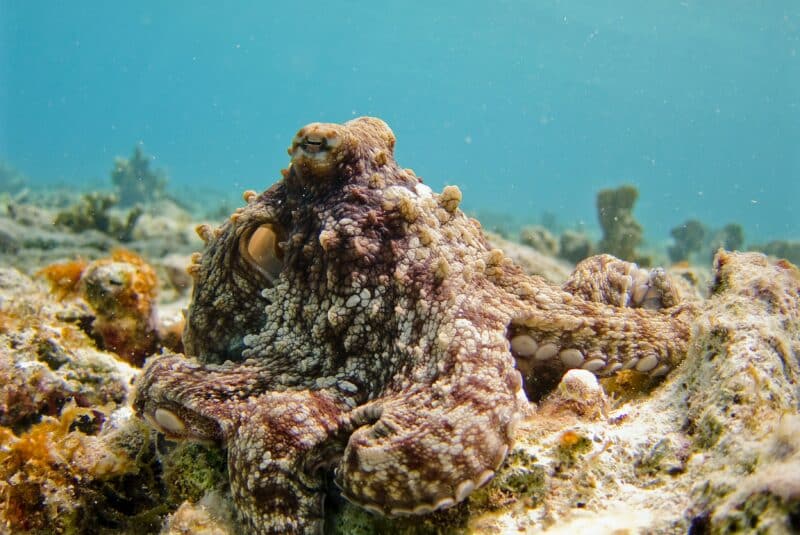
Octopuses are fascinating creatures, and their ability to blend in with their surroundings is one of the many reasons. Regarding coral reefs, octopuses have a clever trick up their tentacles – color-changing skin.
By altering the pigments in their skin cells, they can match the colors and patterns of the coral, making them practically invisible to predators and prey alike. But it’s not just blending in for protection that these intelligent animals use color-changing for. Sometimes they use it as a form of communication and expression, too.
Whether for camouflage or just showing off their true colors, octopuses are masters of disguise.
Unearthing The Walking Stick Insects’ Art of Deception
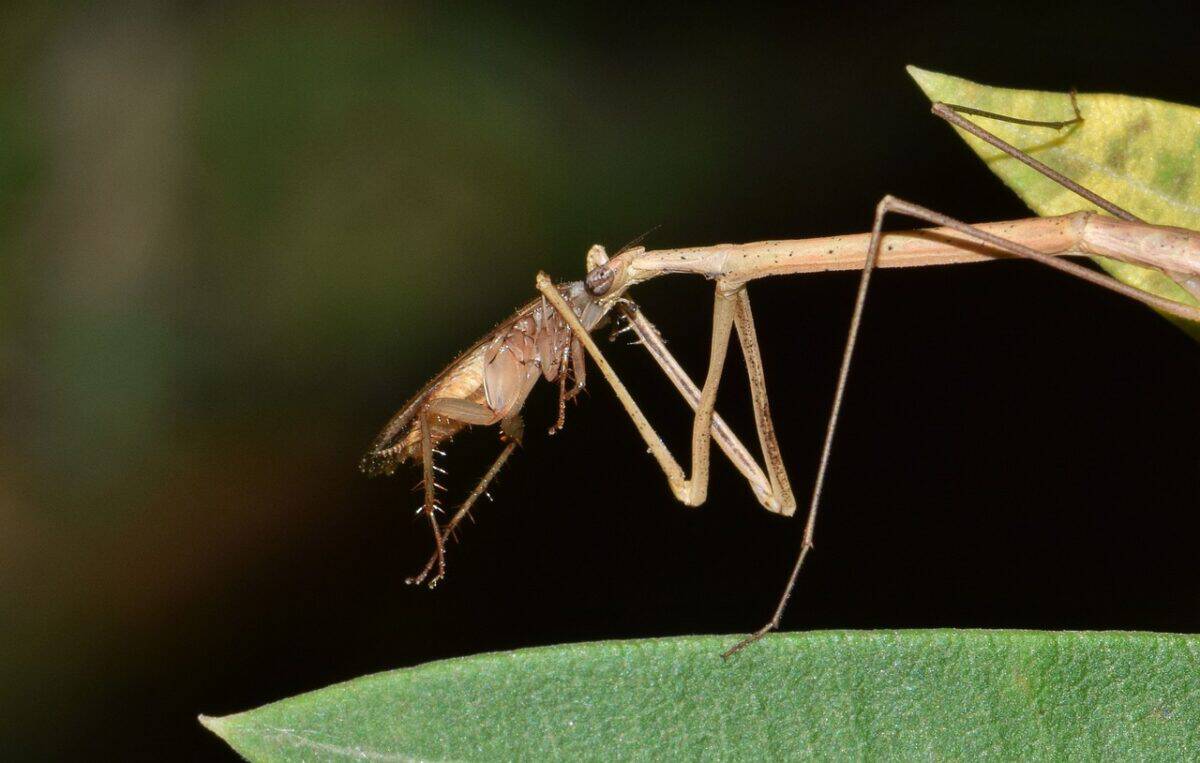
Firstly, walking stick insects epitomize the art of deception through camouflage. Additionally, these remarkable insects have evolved elongated bodies with slender, twig-like appendages, perfectly resembling the branches of the plants they inhabit.
With their body shape, coloration, and even the texture of their exoskeletons resembling tree bark. They effortlessly blend into their surroundings. They are becoming virtually invisible to both predators and unsuspecting prey.
The walking stick insects’ disguise goes beyond physical resemblance. They also exhibit remarkable behavioral adaptations to enhance their camouflage. When threatened, they remain motionless, imitating a lifeless twig, thereby avoiding detection.
Some species even sway gently in the wind, further reinforcing their disguise as natural vegetation. This level of camouflage mastery has allowed walking stick insects to thrive in various ecosystems around the world.
Frogs’ Coloring And Skin Texture, Allowing Them To Hide In Dark, Damp Places
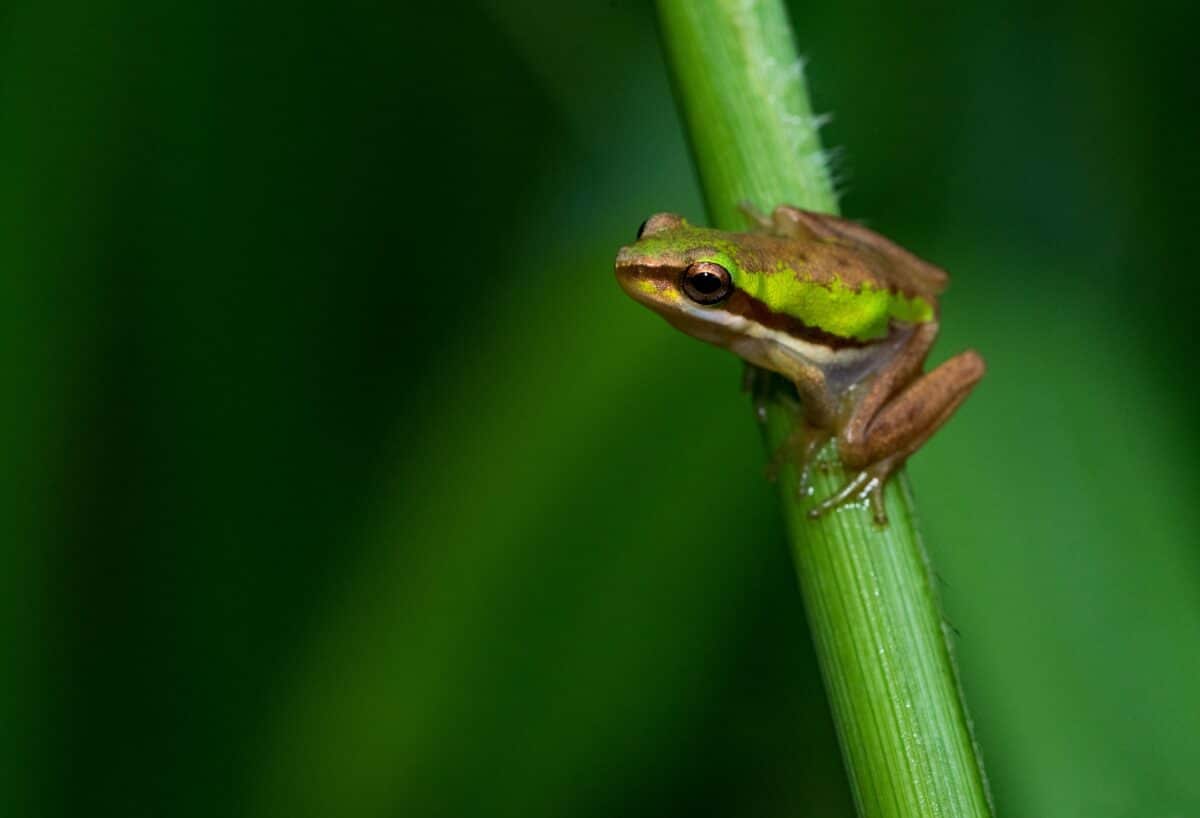
Evidently, frogs are well-known for their unique coloring and skin texture, which makes them experts at hiding in dark, damp places. Their skin is moist, smooth, and slimy. It allows them to easily climb wet surfaces and directly absorb oxygen through their skin.
Moreover, their camouflage-like coloring helps them blend in with their surroundings, making it difficult for predators to spot them. Some species can even change their skin color to match their environment.
Whether hiding in murky waters or leafy forests, frogs have evolved to adapt to their environments, making them fascinating animals to observe.
Wrapping Up with the Masters Of Animal Disguise
It is truly remarkable how animals have adapted to their environments across the generations, and many species are equipped with a unique sense of camouflage.
Geckos, chameleons, zebras, octopuses, frogs, and countless other creatures combine color and texture to appear invisible or hide from predators. Color variations help some species blend in with their surroundings while contrasting stripes or spots can break up the shape of larger animals.
Some species even incorporate behavior changes that enable them to avoid danger, like cats flattening their bodies when hiding in narrow spaces. Ultimately, camouflage helps preserve animal populations by allowing certain species to thrive in harsh and dangerous environments.
Next up:
- Bald Eagle Family Expand Their Nest In California - April 24, 2024
- Firefighter Saves Abandoned Kittens Found Cuddling In Hoses - April 24, 2024
- Dolphins Get High Playing Catch With A Pufferfish - April 24, 2024

